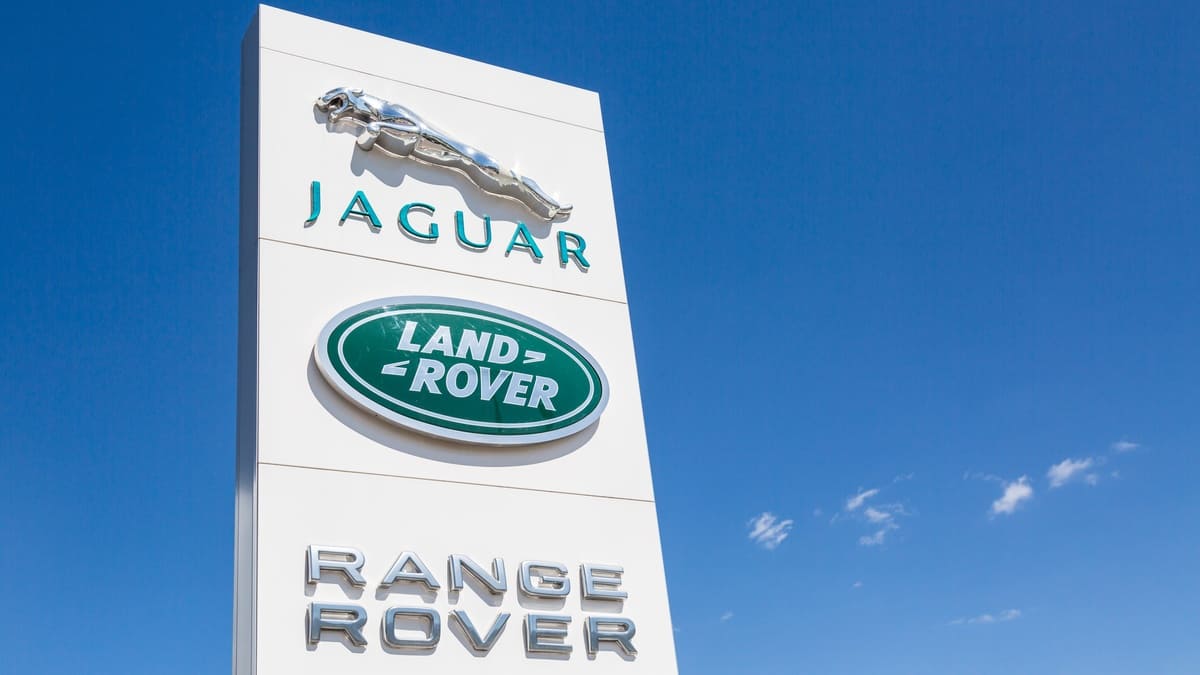According to new data, the UK registered fewer new cars last year than it had in the previous three decades. An ongoing parts shortage hampered production amidst a recovery in the second half of 2022.
In the meantime, the market for electric vehicles grew and now represents about a fifth of new car sales.
However, the Society of Motor Manufacturers and Traders cautioned that the pace of building charging infrastructure needs to keep up with the demand.
Covid pandemic affected the market
1.61 million newly registered vehicles in the UK throughout 2022, and Since 1992, that level has been the lowest.
The market was still feeling the Covid pandemic’s effects. Sales were about 25% down from 2019—the last “normal” year before the outbreak—and slightly down from 2021, when there were lockdowns and other restrictions.
Despite the continued high demand for new cars, suppliers and manufacturers needed help to meet those demand.
Semiconductors used in various electronic systems, from in-car amusement to engine management, took a lot of work to obtain.
It’s still the long Covid effect, the key issue is global disruption to supply chains.
The demand we know is there… manufacturers have just really struggled to be able to make vehicles in sufficient quantities.
Mike Hawes, chief executive of the SMMT on manufacturers struggle during pandemic.
The situation significantly improved in the year’s second quarter, with registrations increasing for the fifth month. Despite recession fears, this trend will continue this year. The SMMT predicts 1.8 million units sold in 2023.
The Nissan Qashqai was the UK’s favorite car in 2022, making it the first British-built model to peak the annual sales charts in 24 years. The model was created in Paddington, engineered in Cranfield, and built in Sunderland.
2022’s best-selling vehicles in the United Kingdom
- Nissan Qashqai 42,704
- Vauxhall Corsa 35,910
- Tesla Model Y 35,551
- Ford Puma 35,088
- Mini 32,387
- Kia Sportage 29,655
- Hyundai Tucson 27,839
- Volkswagen Golf 26,558
- Ford Kuga 26,549
- Ford Fiesta 25,070
Meanwhile, sales of electric vehicles have increased. They increased from 190,700 to 267,000, and their market share increased from 11.6% to 16.6%.
In December, that number jumped to just under 33%, reflecting Tesla’s shipment timeframe from overseas. Businesses and fleet customers purchased the lion’s share of fully electric vehicles, accounting for 66.7% of all registrations in 2022.
Although the SMMT is worried about government policy and the expansion of the charging infrastructure, electric vehicle sales are still rising quickly.
Zero Emission Vehicle in 2024
In 2024, a Zero Emission Vehicle (ZEV) policy will go into effect in UK. It will force automakers to ensure that some of the vehicles they sell are electric.
New gasoline and diesel vehicle sales will end in 2030, though some hybrid vehicles will still be able to be purchased until 2035.
However, the specific guidelines for achieving these cutting gasoline-powered vehicles will release soon, and manufacturers are concerned that this could impact crucial investment choices.
EV sales expect to rise
The SMMT also warns that the growth rate of public charging stations needs to increase to meet the government’s goal of 300,000 by 2030.
To get to that 300,000, you need about 100 new charging points to be installed every day until 2030.
Current rates, up until the end of quarter three, were about 23 a day. So the danger is the user experience gets worse before it gets better.
Mike Hawes, chief executive of the SMMT on the gap of demand and supply of new charging points.
To make the motoring tax system “fairer,” electric vehicles will no longer be excluded from vehicle excise duty as of April 2025.
According to Erin Baker, editorial director at Auto Trader, the rise in electric vehicle sales has been a “clear bright spot” in a challenging market. Still, she is not optimistic that this trend will continue.
According to her, affordability will be the main problem as the market is affected by rising living expenses and electricity costs. To maintain the upward sales trend and ultimately reach the government’s target, she said,
“EVs need to be easier to afford, charge and buy to continue the positive sales trajectory and ultimately to meet the government’s target,”

